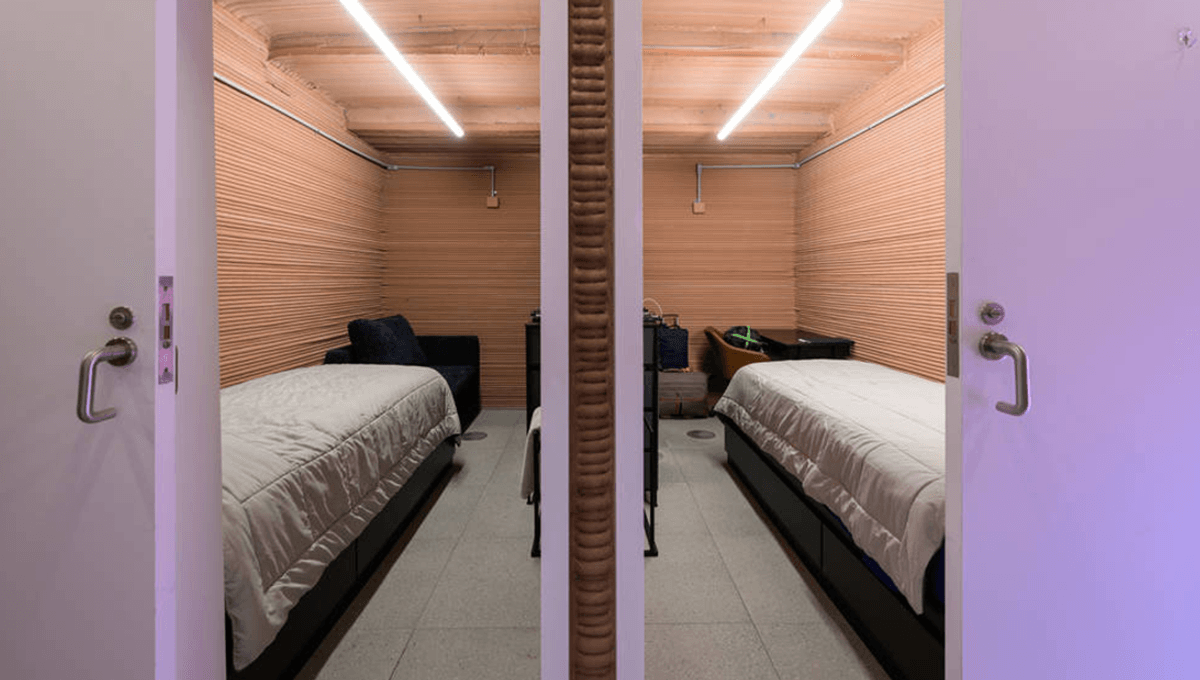
Four volunteers have now been shut inside a Mars habitat simulation. Should everything go to plan, they will emerge from the experiment in a year.
NASA’s Crew Health and Performance Exploration Analog (CHAPEA) mission is the first of three planned simulations of living on the surface of Mars. The crew – including a microbiologist and a physician – will take on astronaut roles of flight engineer, medical officer, science officer, and commander while they stay in their 3D-printed, 158-square-meter (1,700-square foot) Mars Dune Alpha habitat.
As well as the psychological strain of being away from loved ones for a year, the crew will face other challenges set by the researchers overseeing them. CHAPEA will simulate conditions that crews of a Mars mission would face, including limited resources and communication delays lasting between 5 and 20 minutes. They will also face simulated equipment failure and other “environmental stressors”, according to NASA. The crew will conduct activities such as simulating walks outside the habitat on Mars, and other scientific research.
“The analog is critical for testing solutions to meet the complex needs of living on the Martian surface,” Grace Douglas, lead scientist for NASA’s Advanced Food Technology research effort at NASA’s Johnson Space Center in Houston, said in a 2021 press release. “Simulations on Earth will help us understand and counter the physical and mental challenges astronauts will face before they go.”
Previous efforts have been made to simulate long-term living on another planet, with mixed results. Simulations run by Scientific International Research In Unique Terrestrial Station (Project SIRIUS) and Mars-500 found that the crews began to live more autonomously as communication delays increased. Though positive in the sense that any Mars crew would need to perform duties alone, there were worries of possible disconnects between astronauts on the surface and mission control back on Earth.
“The negative side is that the mission control loses the possibility to understand the needs and problems of the crew,” Dmitry Shved of the Russian Academy of Sciences and the Moscow Aviation Institute told CNET, “which consequently hinders mission control’s ability to provide support.”
In a far more disastrous simulation of life inside a “self-contained” biosphere, participants faced real-life problems of not having enough food, and oxygen supplies became low.
Source Link: NASA Locks Four Volunteers Inside Mars Simulation For A Year